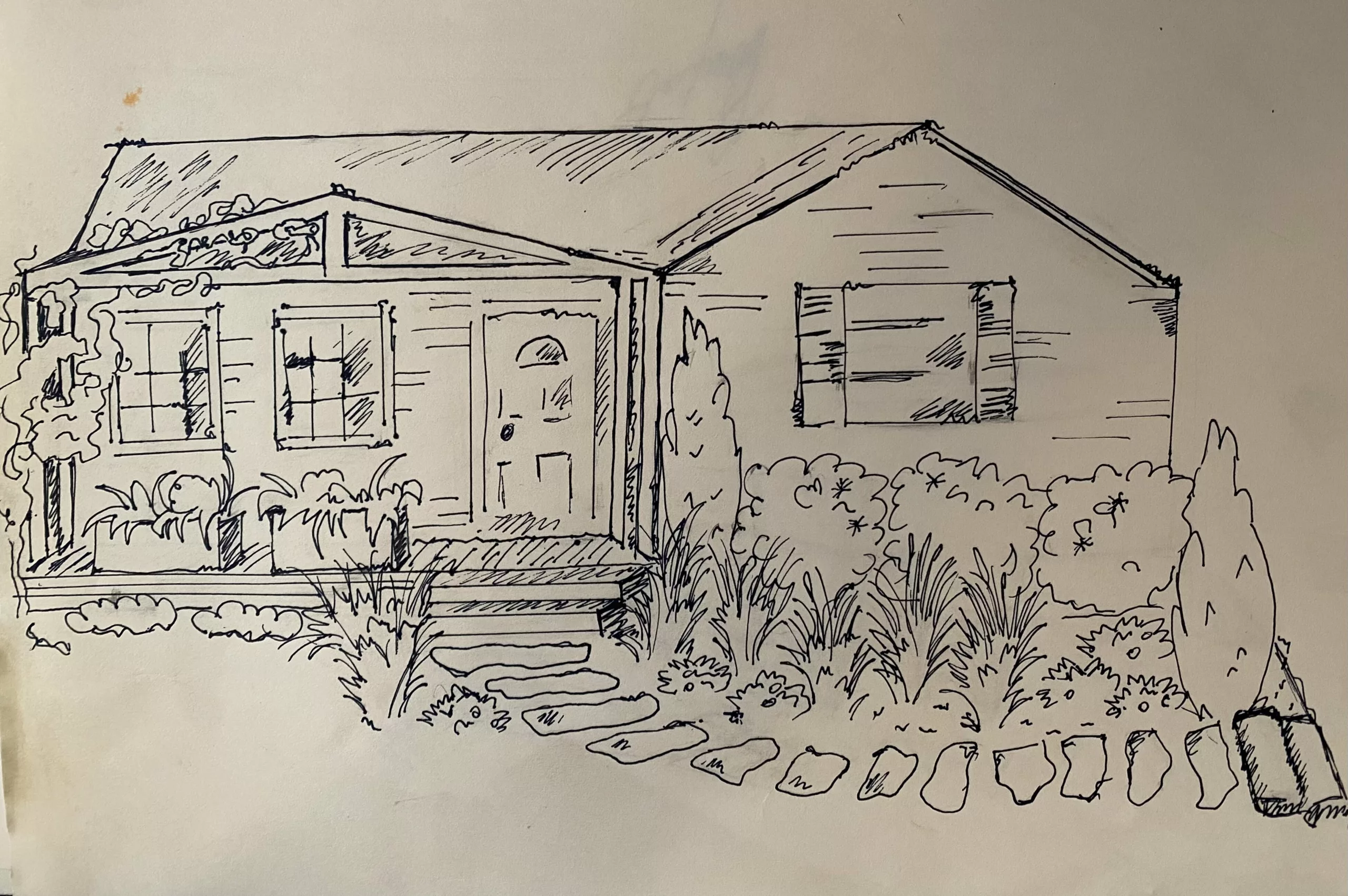How much do you know about sustainable or eco-friendly gardening? It’s a big issue in the gardening and landscaping world right now. Many prominent gardeners and TV shows herald the benefits of sustainable gardening and eco-friendly landscape design.
If you are prepping your garden for summer, you already know that gardening is naturally a sustainable activity. However, there are some ways to be more environmentally conscious, from creating your own compost heap, to using sustainable furniture, and reducing water use.
A good sustainable garden can reduce your carbon footprint on Earth, and increase the amount of money in your pocket.
What is Sustainable Gardening?
Sustainable gardening is about using natural resources and processes, minimizing human interference, and using sustainable landscapes. The best aspect of having a sustainable garden in your home is that it gives back instead of taking from its surroundings.
Sustainable or eco gardening entails growing food without using toxic and harmful chemicals, which pollute our soil and water.
Much of sustainable gardening depends on eco-friendly compost, increasing plant diversity, beneficial insects, and regenerating soil.
Tips and Tricks for a Sustainable Garden
Besides the obvious environmental benefits, gardening sustainably is helpful as it will also save you money. So, what’s not to like! Use these tips for a sustainable garden.
Choose Peat Free Compost
Sustainable gardening relies on natural and local ways to flourish – from homemade composts to self-grown mulches. So, if you have to buy compost, it is vital to make sure it’s a peat-free variety or eco-friendly compost.
Did you know that peat mining has an adverse effect on the environment? This is why you should use peat-free alternatives, such as coconut fiber, for the best results.
Source Recycled Planters and Pots
After choosing what to grow and where you want to grow it, start sourcing materials for your garden. You will be pleased to know that garage sales and thrift stores are ideal spots to find recycled pots and planters.
However, you can also make your own with recycled materials. Get crafty with old wooden crates, mason jars, pallets, or burlap coffee bags.
Purchase Sustainable Furniture
If you are looking for finishing touches, consider investing in more sustainable and eco-friendly garden furniture options. These options are excellent as they divert materials from landfills while creating long-lasting and elegant solutions.
Eliminate Pesticides
When it comes to sustainable gardening, eliminating harmful pesticides is an excellent place to start. This is because one of the key pillars of organic or eco gardening is to minimize the use of chemicals when possible.
Remember that their overuse is one of the main factors that have triggered a catastrophic decline in insect populations.
You can use homemade recipes containing corn gluten and vinegar as adequate substitutes for harmful and chemical-based pesticides and weed killers. Another example is using French marigolds. Marigolds emit a strong odor, discouraging greenfly and black flies. These flowers are ideal companions for beans, tomatoes, and sweetcorn.
Make Your Outdoor Space More Sustainable with Trees and Hedges
You should also consider replacing your fences with living hedges. This is important as it will help improve air quality while providing a habitat for wildlife. And if you must keep your fences, another tip is to create a small hole at the bottom in order to allow hedgehogs and various small mammals to regularly visit your garden.
Also, trees are the best air-cleaning machines. As a result, even if you can introduce just one tree to your garden, you will make a massive difference to the local environment.
Use Water Efficiently
A few minor changes in your water habits and practices can make a huge difference in your garden. For example, use a water butt or a watering can instead of a hosepipe. While substantial watering is essential to keeping your garden nice and healthy, overwatering is a prevalent practice that leads to an unsustainable garden, and you don’t want that.
This is why it is best to research the amount of water your flowers and plants need to ensure you are not overwatering.
Plant for Pollinators
You can help slow and even reverse the declines in butterflies, bees, moths, and hoverflies by growing a broad and diverse variety of plants, including a combination of near-native, native, and exotic plants in order to support and facilitate pollinator diversity.
Final Thoughts
Here you go; you can create a sustainable and lovely garden with these expert tips and tricks on eco-friendly gardening methods and practices that will benefit your garden, wildlife and your budget.







